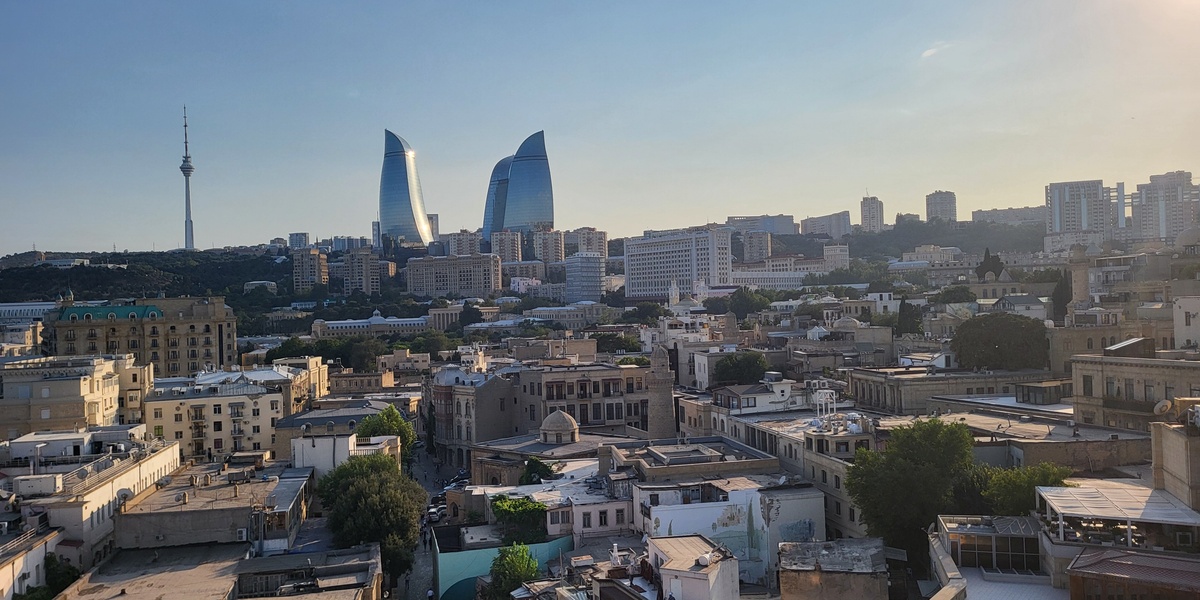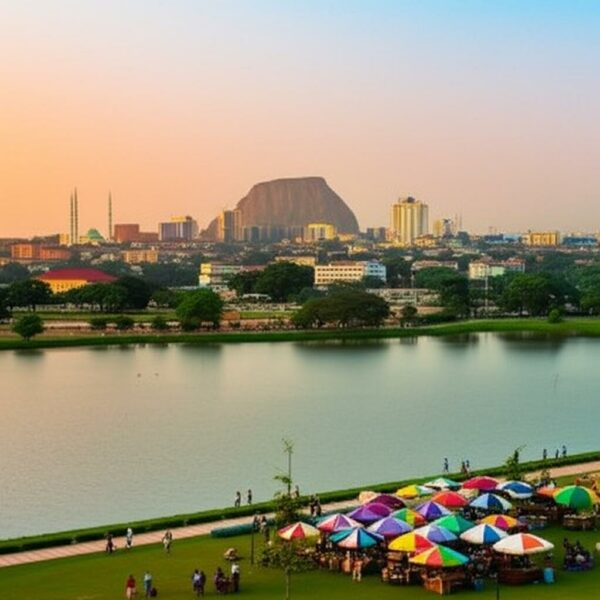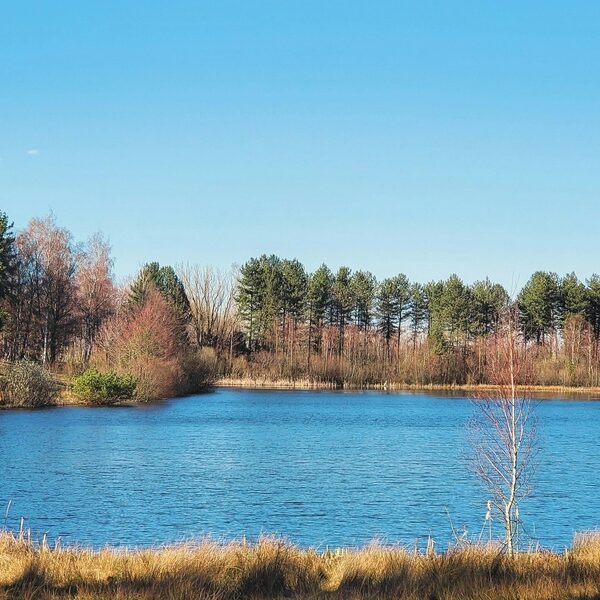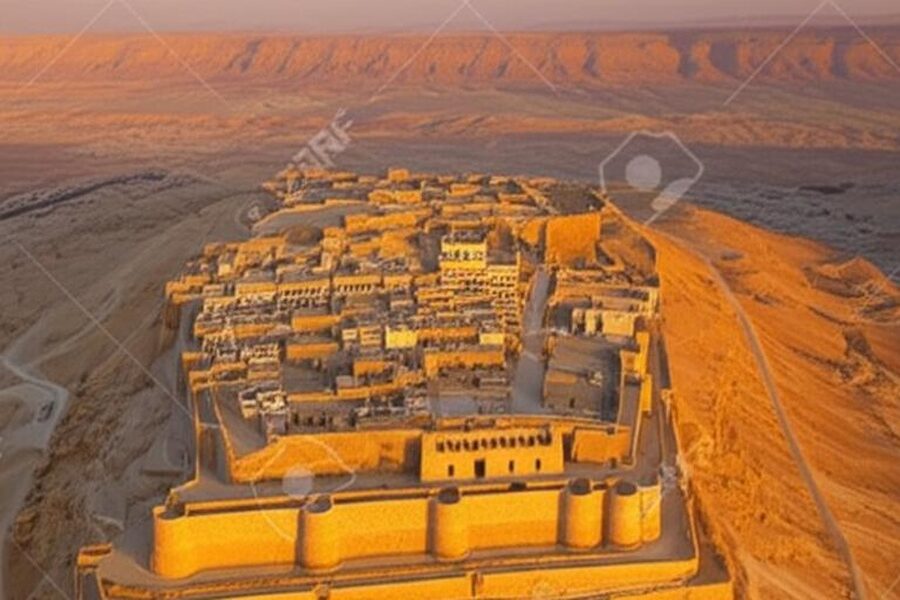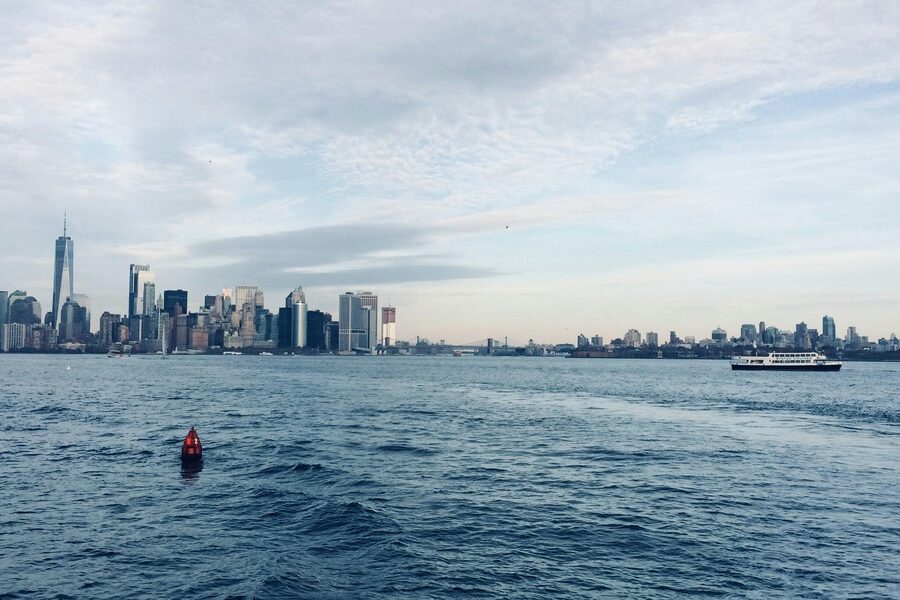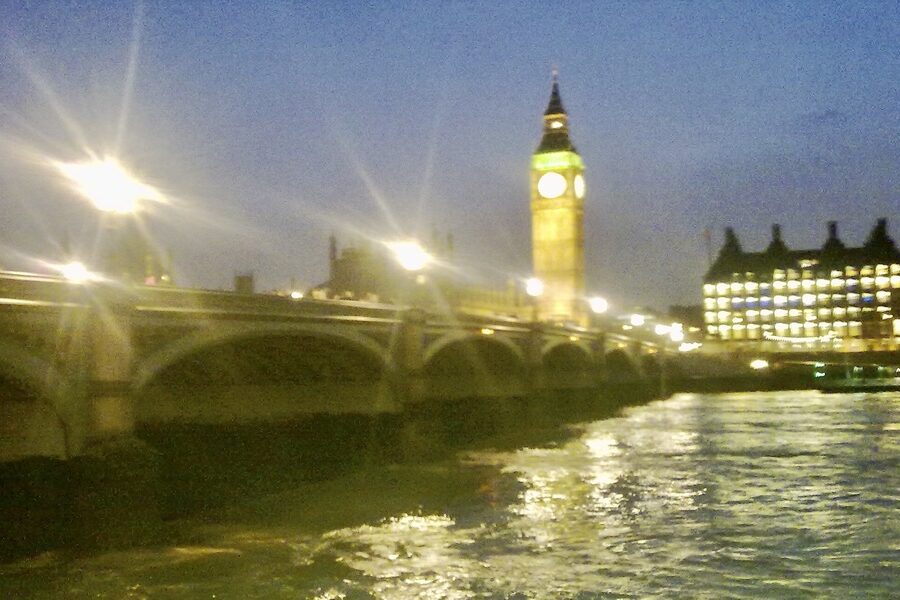At the turn of the 20th century, Baku’s oil derricks made the city one of the most important energy hubs in the world — shaping a culture and landscape that’s still unmistakable today. That boom paid for palaces and museums, attracted international entrepreneurs, and left a skyline where medieval lanes sit beside futuristic curves. With a population of about 10 million in the country, Azerbaijan offers compact surprises: ancient musical forms and carpet-making traditions, a dramatic coastline on the Caspian Sea, and geology that literally burns. If you’ve ever asked what is azerbaijan known for, the list stretches from mud volcanoes and fire temples to contemporary architecture and one of the earliest oil industries. The eight items below show how history, nature and modern energy wealth make Azerbaijan notable across tourism, culture and global markets.
Culture & Heritage
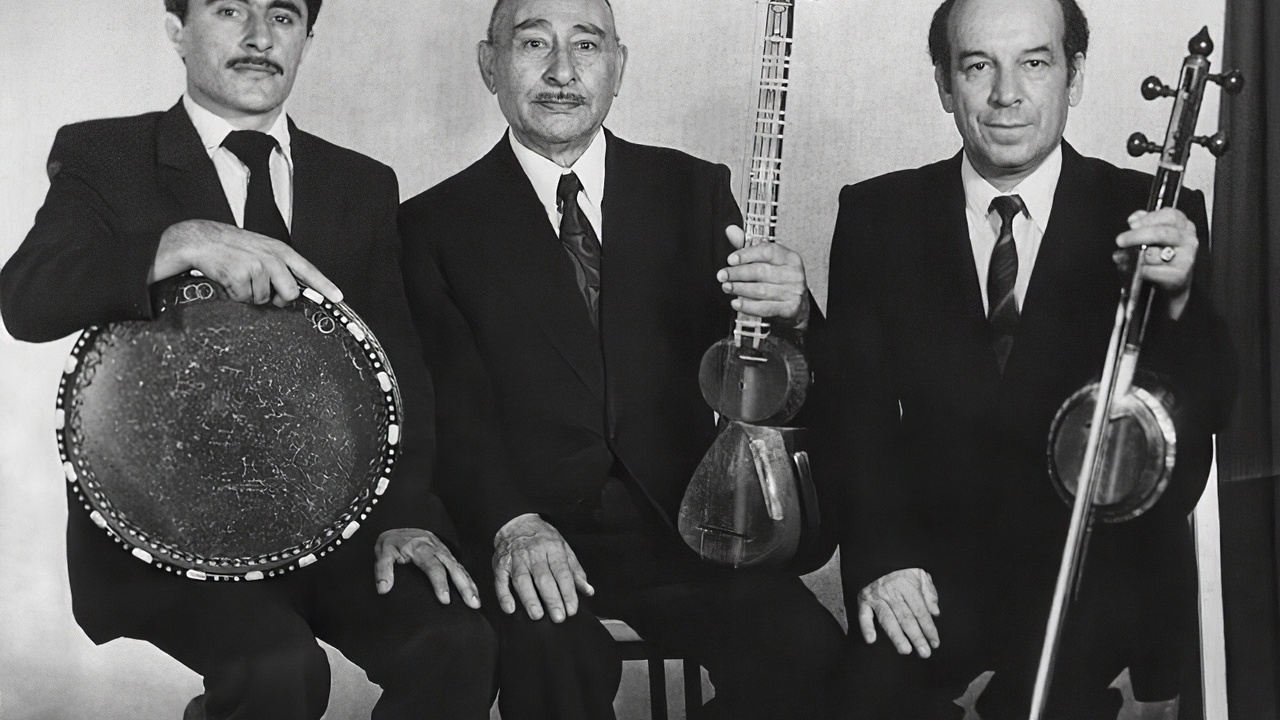
Azerbaijan’s cultural identity blends music, textile crafts and layered urban history. Three clear threads run through daily life and tourism: the classical vocal form mugham, centuries-old carpet weaving by regional schools, and Baku’s Old City, Icherisheher, where monuments trace a millennium of exchange.
1. Mugham: Azerbaijan’s Classical Vocal Tradition
Mugham is a modal, improvisational vocal style that stands out as a defining element of Azerbaijani musical culture. Ethnomusicologists and UNESCO have recognized mugham’s cultural value, and figures like Alim Qasimov have brought the form to international stages with recordings and festival appearances.
Live performances—often featuring tar and kamancha accompaniment—anchor cultural festivals in Baku and regional gatherings, and mugham is used in cultural diplomacy and concert programs abroad. As a living tradition it feeds into contemporary pop and experimental scenes, where artists sample its melodic modes and emotional delivery.
2. Carpet Weaving: Art, Identity and Economy
Carpet weaving is both craft and national symbol in Azerbaijan, with regional schools such as Karabakh, Guba and Shirvan producing distinct motifs and palettes. The Azerbaijan Carpet Museum in Baku preserves historic pieces and promotes contemporary workshops, making carpets central to cultural tourism.
Handwoven carpets are exported, featured in museum exhibits, and sold in markets that attract collectors. The craft supports local economies in weaving centers and is a visible way visitors encounter the country’s aesthetic heritage. Alt text for a future image could read: “Handwoven Karabakh carpet detail.”
3. Baku’s Old City: A Living Timeline
Icherisheher condenses centuries of history into narrow lanes and fortified walls; it was inscribed on the UNESCO World Heritage List in 2000. Key monuments—such as the Maiden Tower (dating to roughly the 12th century) and the Shirvanshahs’ Palace—offer tangible links to medieval trade and courtly life.
Guided tours, restoration projects and small businesses rely on heritage visitors, making the Old City a focal point for conservation and urban storytelling. Expect crowded alleys during high season and a steady stream of international tour groups visiting the main monuments.
Natural Wonders & Geography
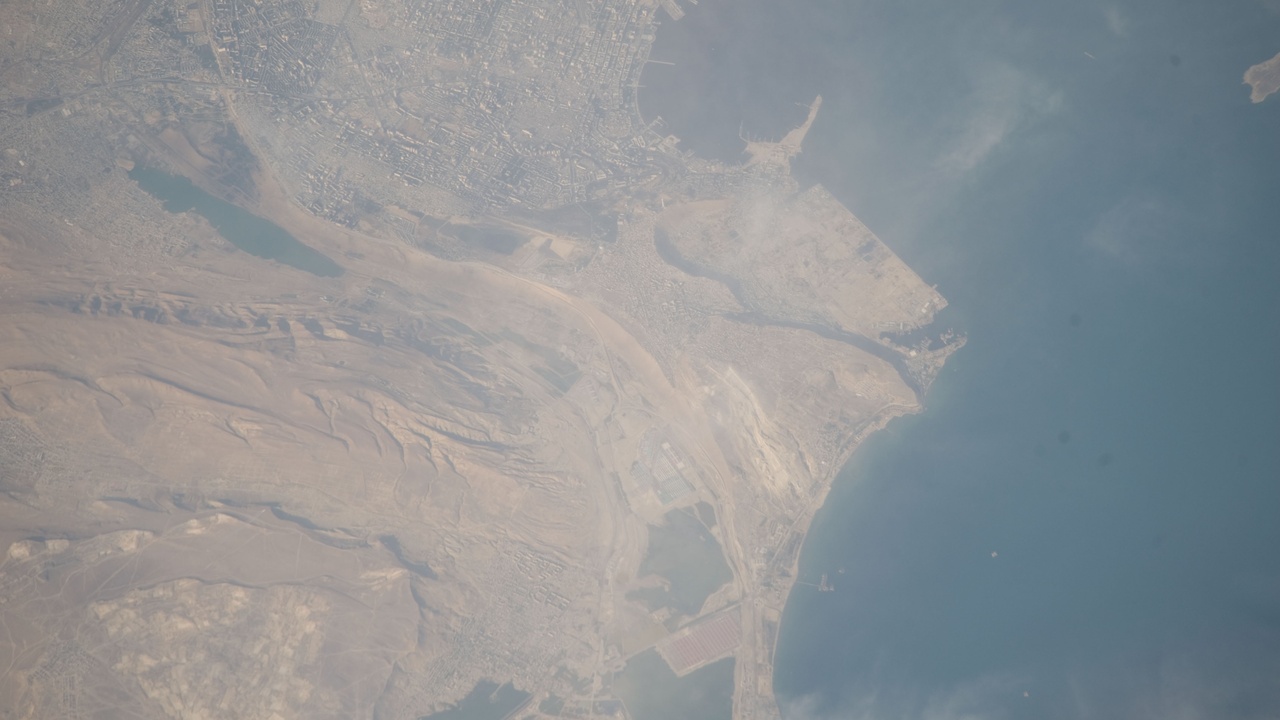
Azerbaijan’s landscape is geologically dramatic: a long Caspian coastline, dozens of mud volcanoes and natural gas seeps that have earned it the nickname “Land of Fire.” These features create unique tourist draws and scientific interest alike.
4. The Caspian Sea and a Long Caviar Tradition
The Caspian Sea is the world’s largest enclosed inland water body, covering roughly 371,000 km², and it long shaped coastal economies. Sturgeon—especially beluga—were central to a prized caviar trade that linked Azerbaijan’s ports to Europe and beyond.
Overfishing, pollution and habitat changes have driven modern conservation measures, including CITES listings and national regulations limiting certain sturgeon catches. Coastal towns once centered on processing and export now balance tourism, shipping and environmental restoration initiatives.
5. Mud Volcanoes: One of the World’s Densest Concentrations
Azerbaijan hosts roughly 300–350 mud volcanoes, among the globe’s highest concentrations. These features produce bubbling mud flows, steam plumes and, occasionally, small flames where gas escapes—landscapes that look almost lunar in places.
Sites on the Absheron Peninsula and near Gobustan are accessible to visitors and researchers, who study sediments and gas seepage. Mud volcanoes have scientific importance and draw geology tourists, though they can sometimes disrupt local infrastructure when they erupt or shift ground.
6. Land of Fire: Yanar Dag and Ancient Flame Temples
Natural gas seeps produce continuous flames at places like Yanar Dag, a burning hillside just outside Baku that’s become an easy-to-reach attraction. Nearby Ateshgah, the historic “Fire Temple” on the Absheron Peninsula, reflects centuries of ritual use of these natural flames and links to Zoroastrian practices.
Those flames shape identity and branding—“land of fire” appears in tourism materials—and they underpin visitor itineraries focused on both geology and cultural history. Ateshgah’s surviving structures date largely to the 17th–18th centuries, though earlier sacred use is often noted by historians.
Economy, Cities & Modern Identity
Oil wealth transformed Baku from a regional port into an international city, and modern architecture and events have further reshaped Azerbaijan’s image. State and private energy firms, bold cultural venues, and major sporting and music events have put the country on global maps.
7. Oil and Gas: Baku’s Global Impact
Azerbaijan’s oil and gas resources have defined its economy and foreign ties. The late 19th and early 20th century Baku oil boom made the city a key supplier by 1900, attracting foreign capital—including the Nobel Brothers—and reshaping urban growth.
In the modern era SOCAR (the State Oil Company of the Azerbaijan Republic) was established in 1992 and remains central to production and exports. Pipeline projects such as the Baku–Tbilisi–Ceyhan route link Azerbaijan to global markets, funding infrastructure and creating jobs in energy sectors.
Dependence on hydrocarbon revenues is real, and the state has used resource income to invest in roads, cultural centers and city upgrades. For visitors, traces of the energy era appear everywhere—from rusting derricks to corporate-sponsored museums.
8. Contemporary Culture: Architecture, Events and Tourism
In recent decades Baku has added contemporary landmarks and hosted high-profile events to raise its international profile. The Heydar Aliyev Center, completed in 2012 and designed by Zaha Hadid, is a signature cultural venue with fluid, sculpted interiors.
Baku hosted Eurovision in 2012 and the inaugural European Games in 2015, both of which prompted airport and hospitality upgrades and drew media attention. Festivals, museum openings and new hotels have increased visitor numbers and diversified what travelers come to see.
Architecture and events are part of a deliberate effort to brand the city as both historic and forward-looking—palaces and mud volcanoes, yes, but also glass towers and contemporary art spaces.
Summary
- Azerbaijan combines deep cultural traditions (mugham and carpet weaving) with a living medieval core in Icherisheher that UNESCO recognized in 2000.
- The country’s geology is extraordinary: the Caspian Sea (≈371,000 km²) once fueled a global caviar trade, while approximately 300–350 mud volcanoes and places like Yanar Dag give the nation its “Land of Fire” reputation.
- Energy shaped modern Azerbaijan: the Baku oil boom around 1900, SOCAR (established 1992) and pipelines such as Baku–Tbilisi–Ceyhan underlie the economy and fund cultural investments.
- Contemporary architecture (Heydar Aliyev Center, Flame Towers) and international events (Eurovision 2012, European Games 2015) have amplified tourism and civic pride, showing how ancient and modern coexist.
- Curious travelers should consider visiting Icherisheher, the Azerbaijan Carpet Museum, Yanar Dag and mud volcano sites—and check UNESCO and IUCN pages for authoritative background before planning a trip.

